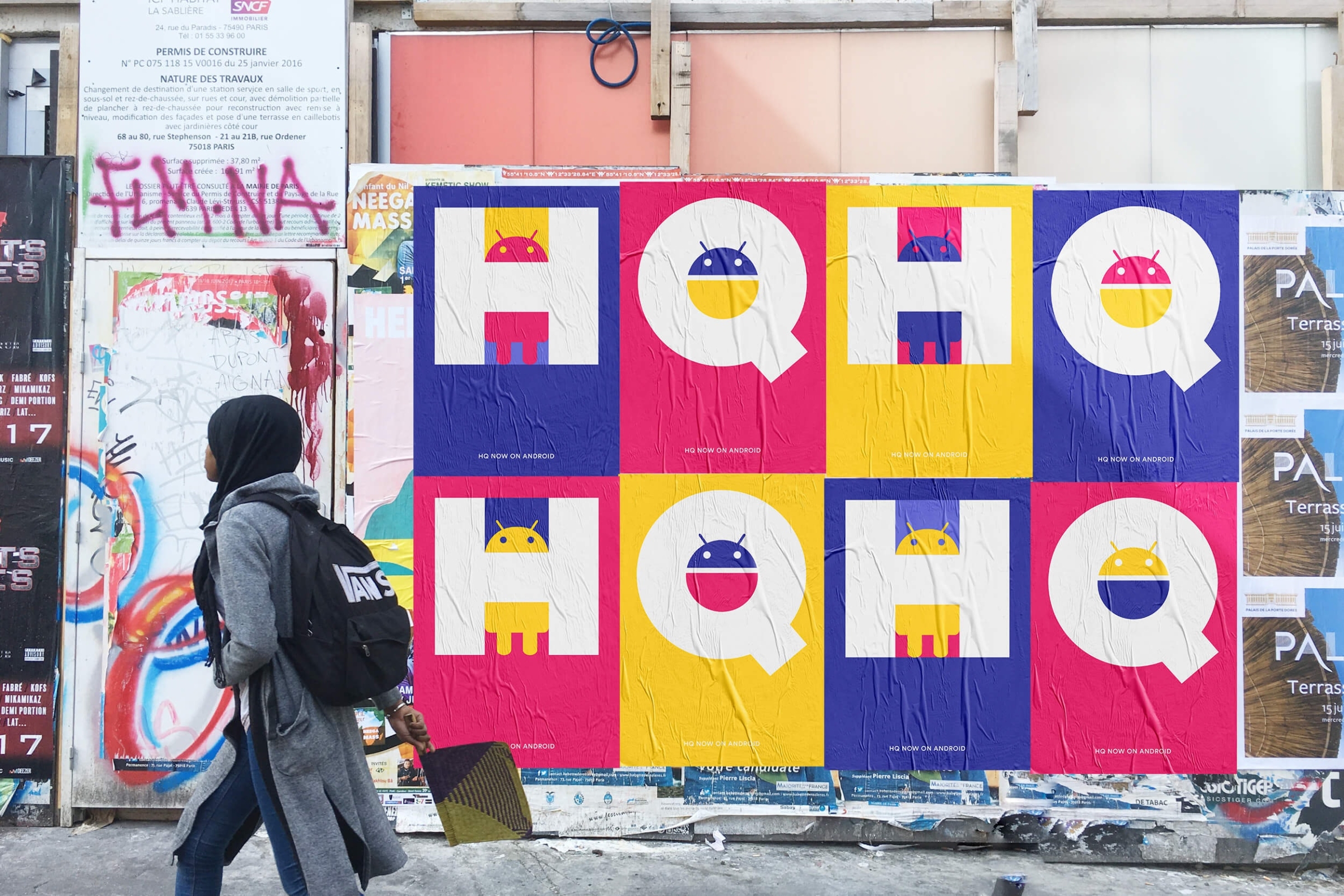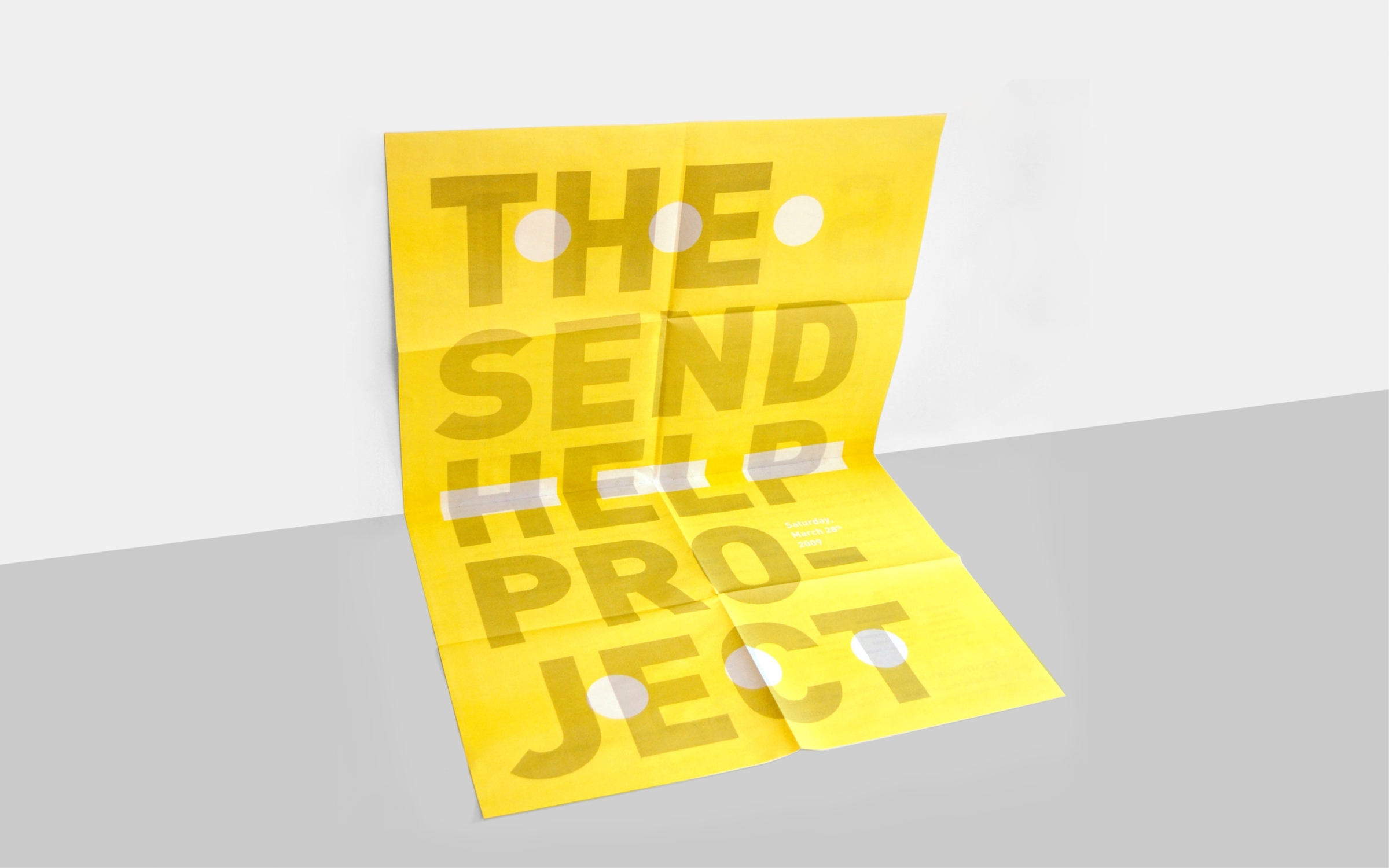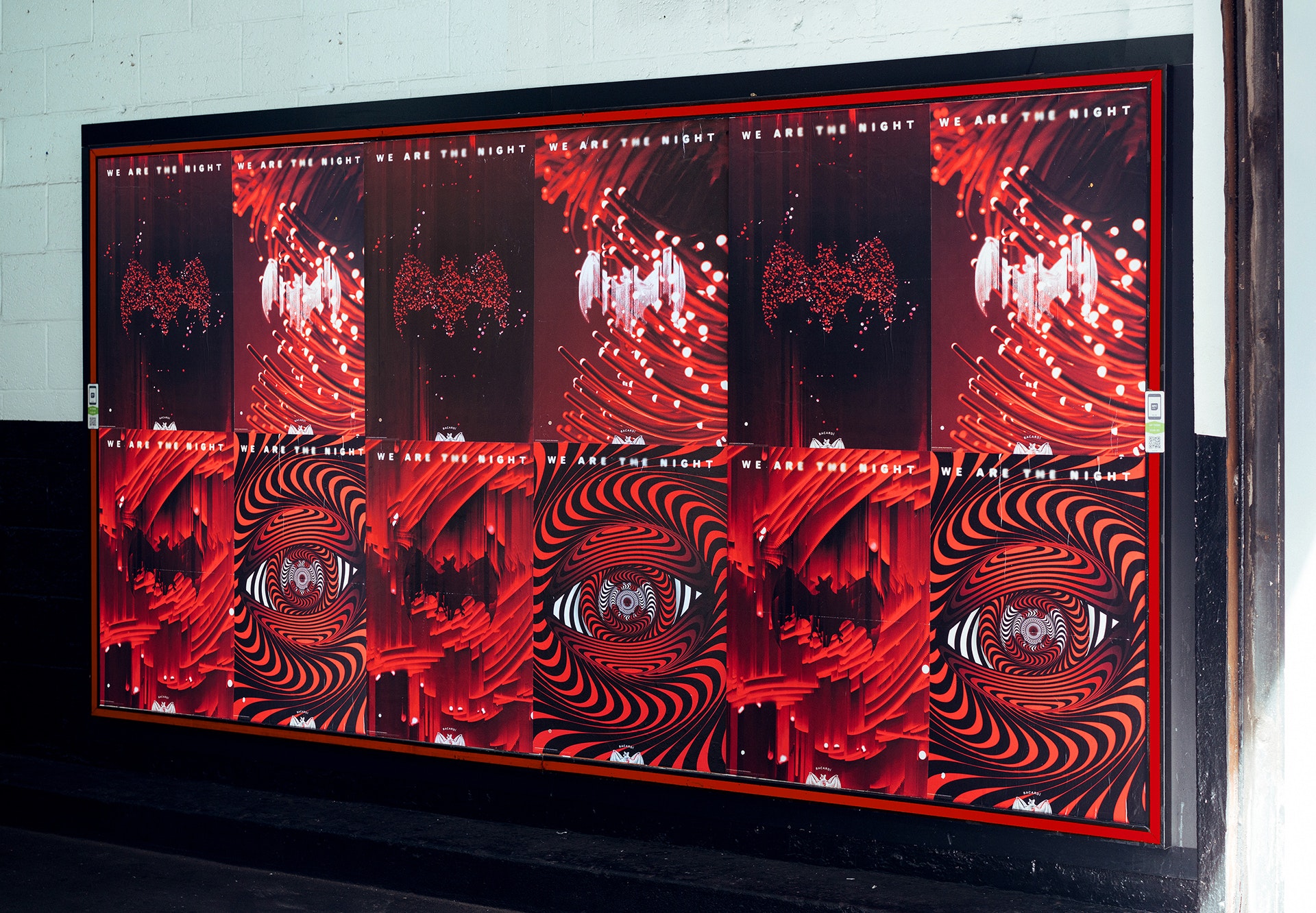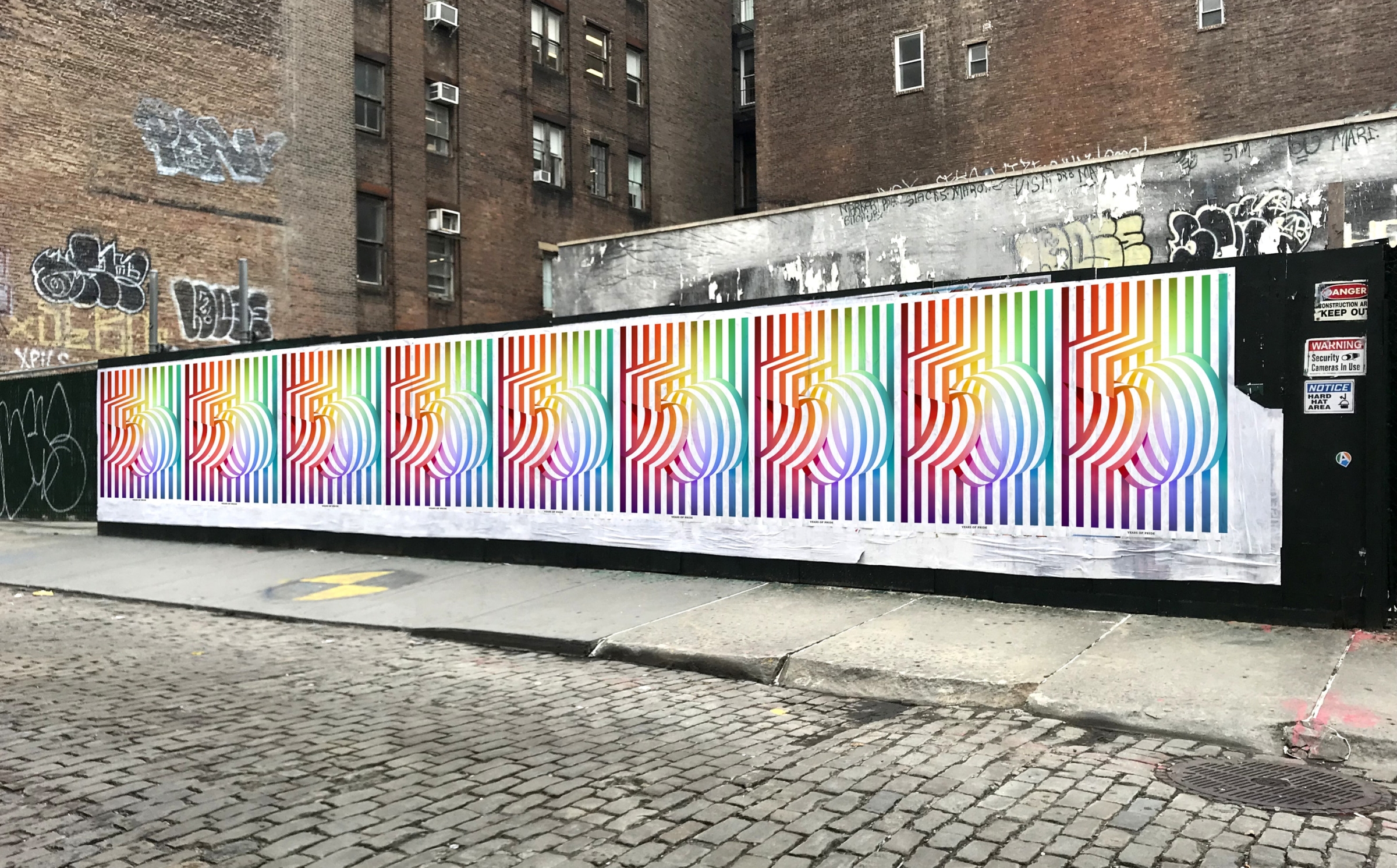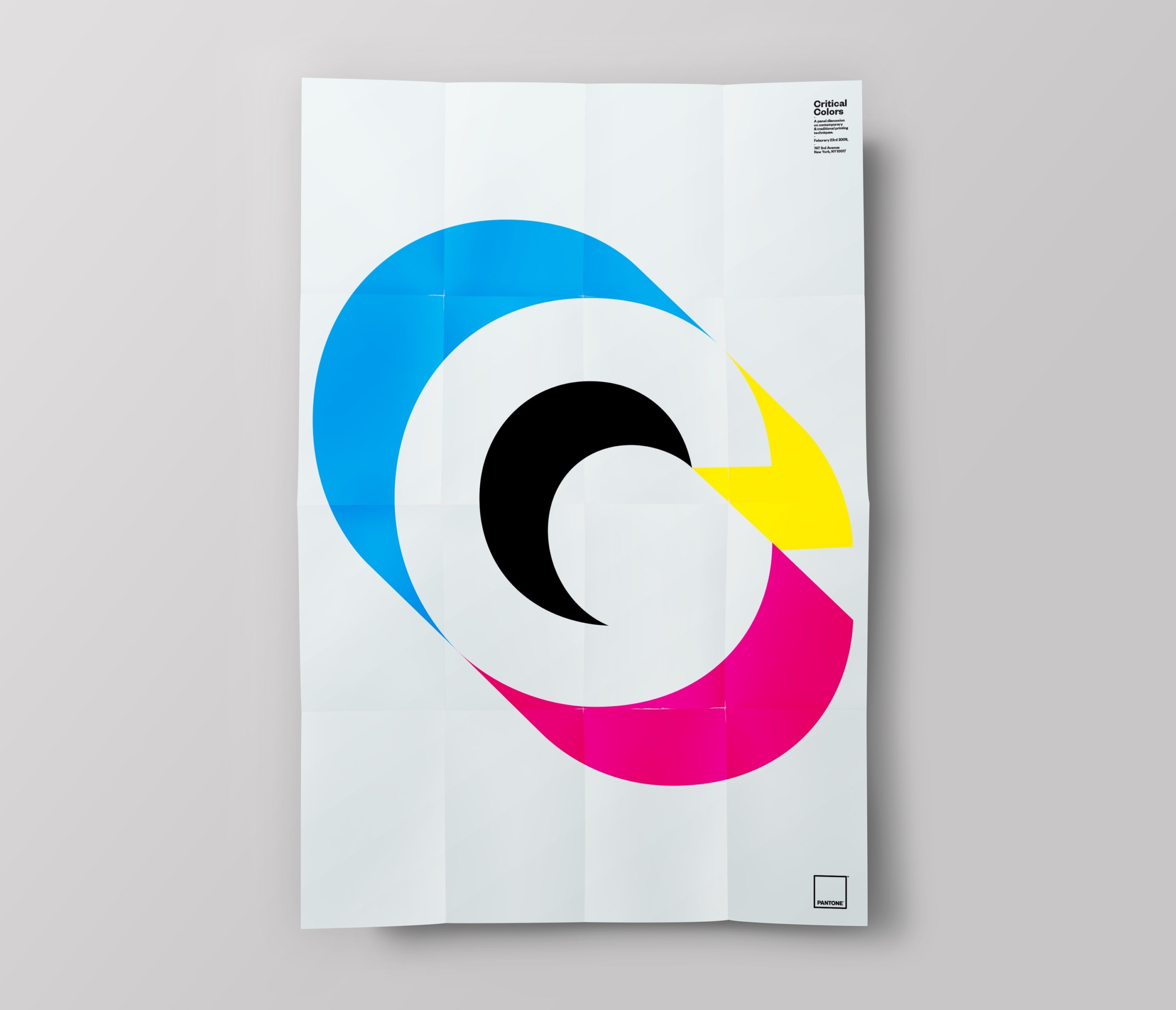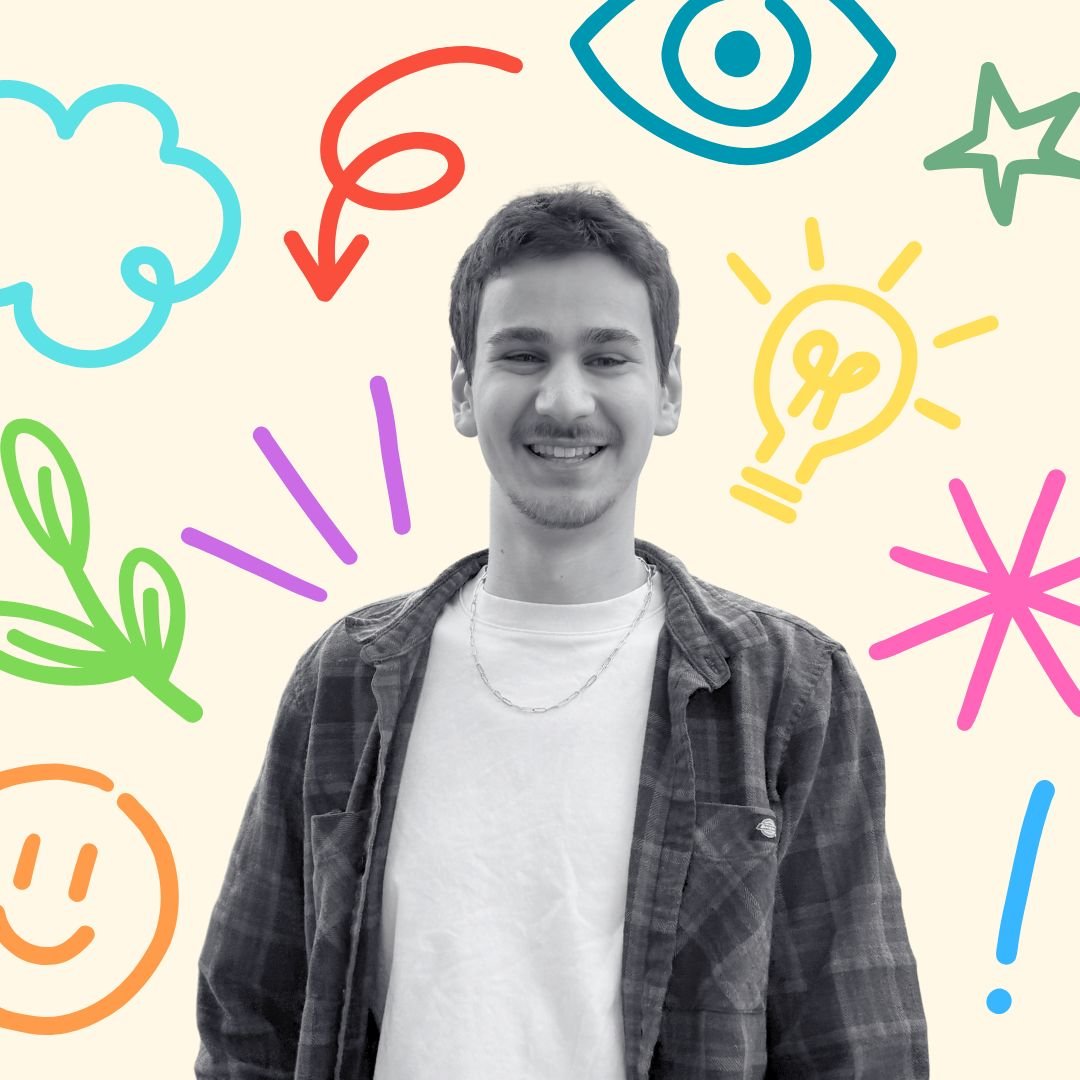First piece of advice: Don’t follow in anyone else’s footsteps. You’ll quickly realize that no one really knows what they’re doing. And if they say they do, they’re lying. Also, as corny as this sounds, everyone’s path is and should be different. Embrace your journey.
Second piece of advice: Take care of your body and mind. Go for walks, bike rides, jogs, meditate, do yoga. Drink lots of clean filtered water, and eat healthy foods that nourish and keep you in good form. Express gratitude whenever possible, and treat yourself well. It is very very very important.
Third piece of advice: Make a lot of work. I mean a ton of work. Design and make art every single day.
I don’t know. I don’t think anyone really knows the answer to that question. Things are changing so fast it’s difficult to say. I find it almost futile to even dwell over.
All I’ll try to do is continue making work that I want to see in the world.
